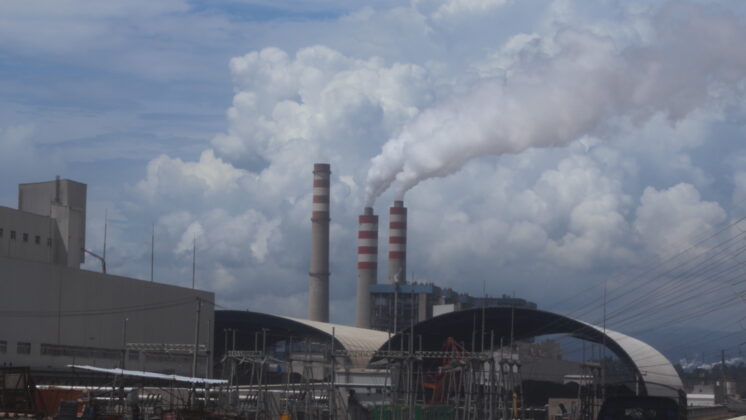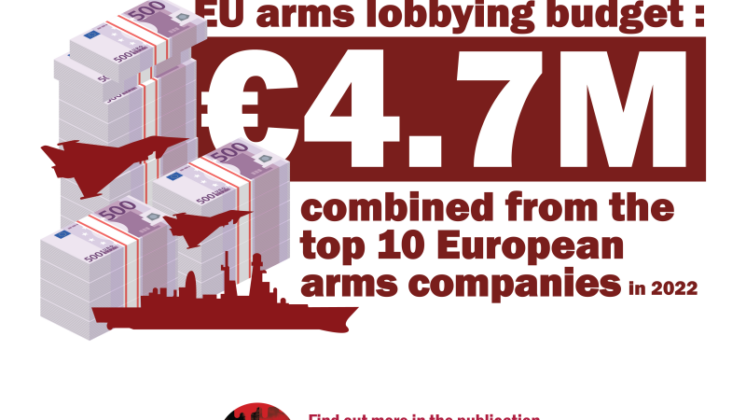Repetitive reporting on e-waste may be blinding citizens to the larger issue of the pollution and waste generated in the mining for and manufacturing of electronics.
Josh Lepawksy, Associate Professor in the Department of Geography at Memorial University of Newfoundland in Canada, wrote this in a blog for MIT Press. By way of example, Lepawsky points out that one of the largest copper mines in the world—Chuquicamata in Chile—creates waste equal to a year’s worth of discarded American and Chinese electronics in just 48 days. And, in Silicon Valley in California, groundwater pollution from the local electronics manufacturing of the 1970s and ’80s will take over 700 years to clean up.
Lepawsky argues that e-waste journalism’s focus on the choices that consumers make misses the mark because it is the big players in electronics supply chains that predominantly create waste and thus have the power to change the situation.
Lepawksy dives deeply into these topics and others, including the global reuse and repair economy, in his book Reassembling Rubbish: Worlding Electronic Waste, published by MIT Press.
Read the full article here.




